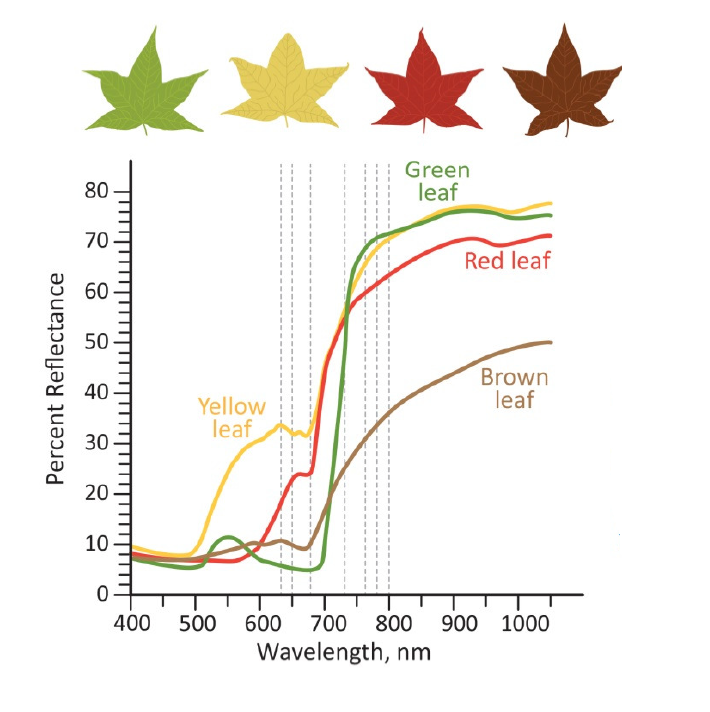Our purpose is to see ecosystems change over time.
EdgeCube is an Earth-observing satellite and it is an built on the successful construction and operations of the 3P PocketQube T-LogoQube.

EdgeCube measures the Red Edge that monitors a sharp change in the leaf reflection in vegetation chlorophyll absorption and mesophyll scattering due to seasonal leaf stress.
How’s it done? EdgeCube monitors the red edge characteristics of 300 km areas of the earth using five narrow spectral bands in the wavelength range 630-800nm .
As an Earth-observing satellites, EdgeCube play a vital role in monitoring changes in the Earth’s terrestrial ecosystems due to anthropogenic and natural drivers. Most optical satellite sensors, such as NASA’s Landsat and MODIS missions, have broadband measurements that bound the red edge but do not directly measure it. Vegetation indices based on the contrast between red and NIR reflectance, such as Normalized Difference Vegetation Index (NDVI) tend to saturate in sensitivity at higher levels of vegetation structure (Wang et al., 2005). Brantley et al. (2011) have shown that red edge measurements of high LAI canopies are accurate proxies to monitor changes in these types of ecosystems without as much saturation.
EdgeCube will have the spectral detail in the red edge to calculate parameters such as REIP and magnitude at global scales with measurements as frequently as every 12 hours. By surveying the Earth’s surface frequently from space with EdgeCube, it may therefore be possible to provide information about ecosystem changes as they occur seasonally, in ways that are not possible by directly measuring canopies from the ground or by conventional satellites.
